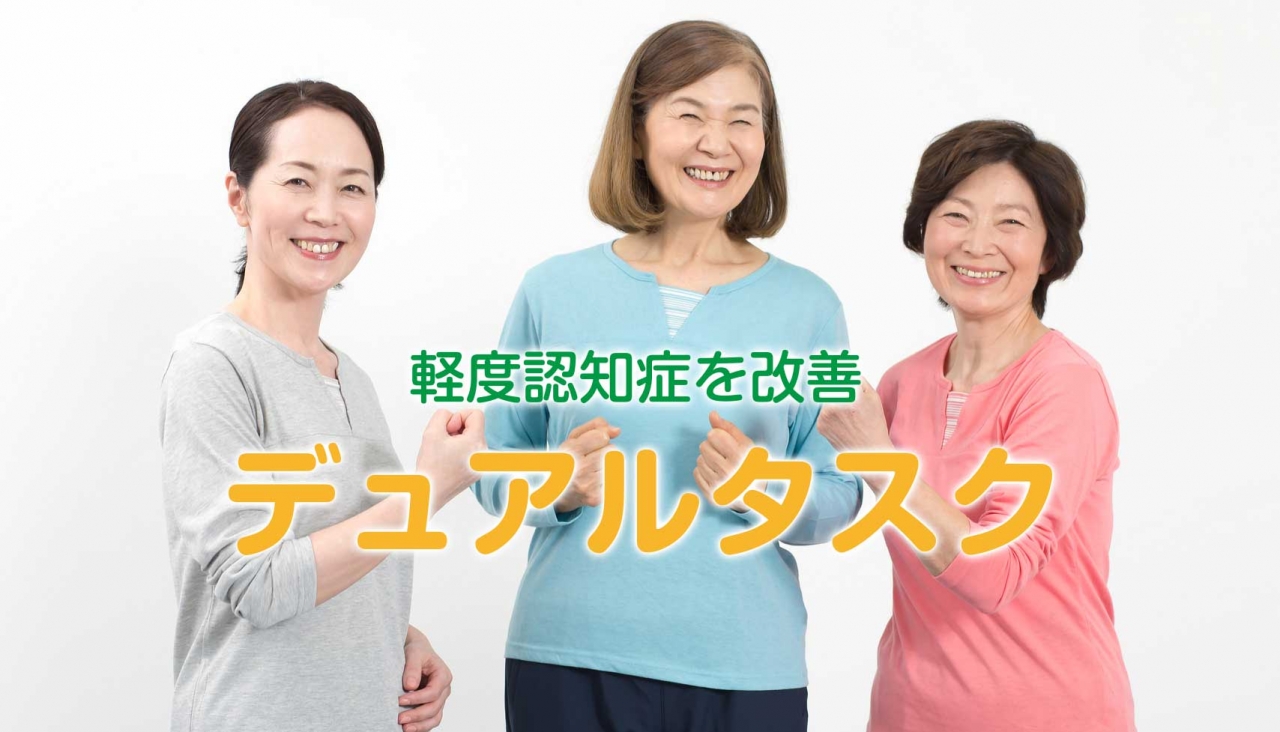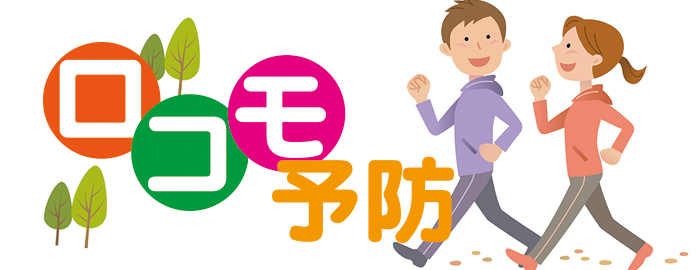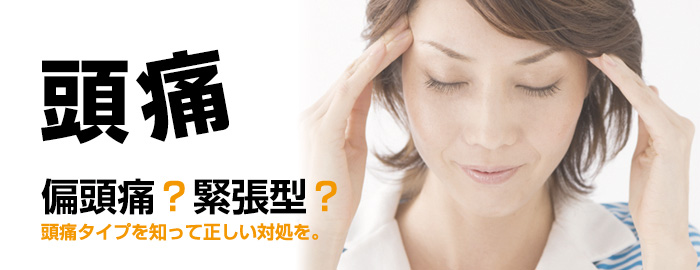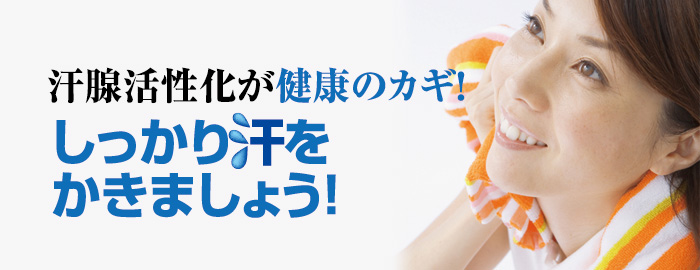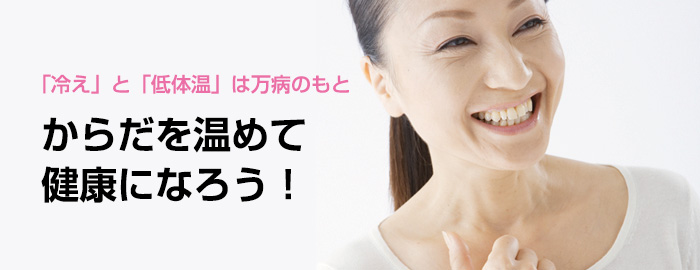寝ながら健康にらくらく体操
Let's get over with exercise! !
Just before you go to bed, or just after get out of bed, OK!
The worst enemy of health and longevity, which means "healthy and live longer", is a locomotive syndrome (called locomo). However, you should not give up. The most effective way to defeat the enemy of locomo is an exercise. This time, let's introduce an exercise that is suitable for locomo prevention for the middle-aged and elderly.
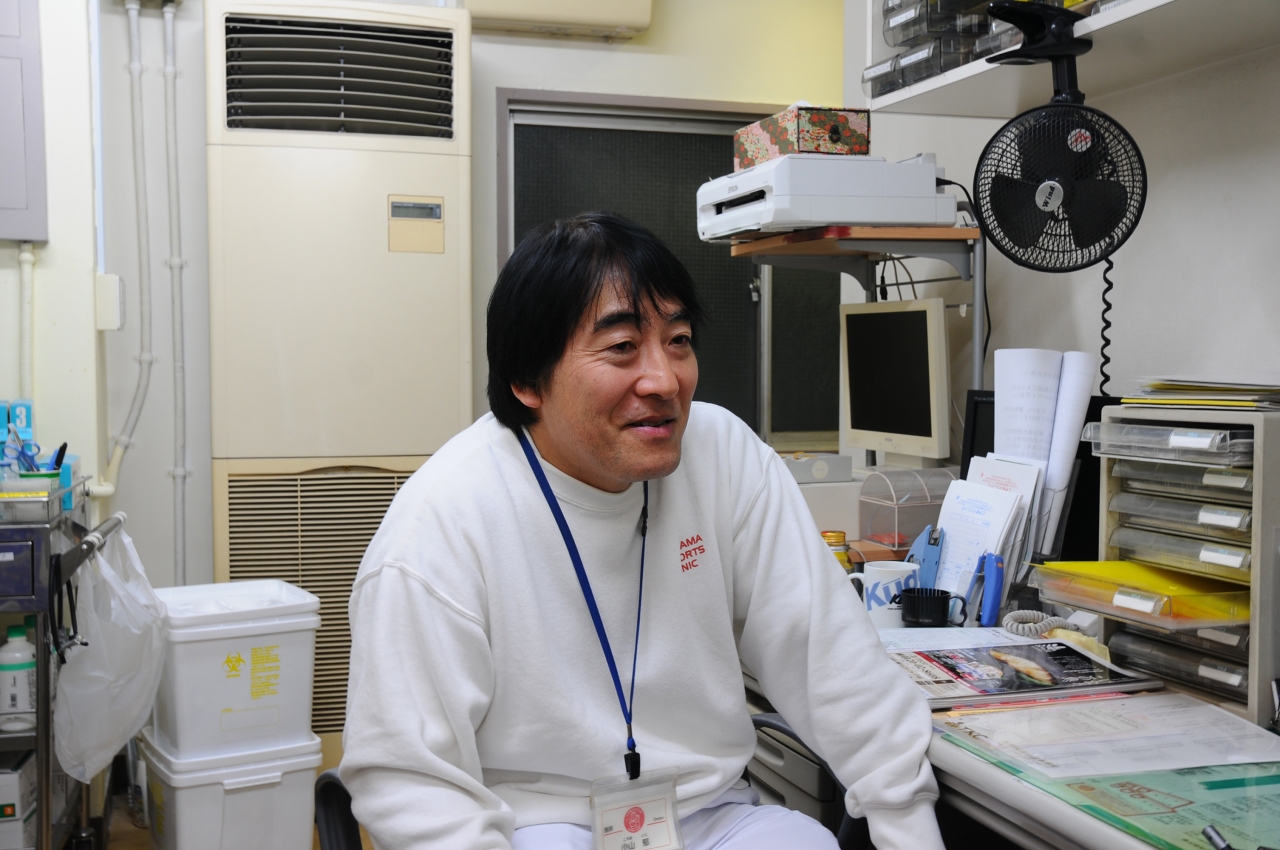
Advice of Yu Koyama (The head of Koyama Clinic)
It goes without saying that the exercise works for the prevention of locomo. In addition, even people who suffer from knee pain and back pain can reduce the amount of medicine and the number of treatment by training the muscles around the knee and waist, spreading the range of motion of the joint and returning the motions of the joint to normal.
If you do not exercise, muscle becomes hard and blood circulation is worse. It will be less muscular. If you don’t have enough muscle, back pain and knee pain would take longer to heal."
Calf-Raise
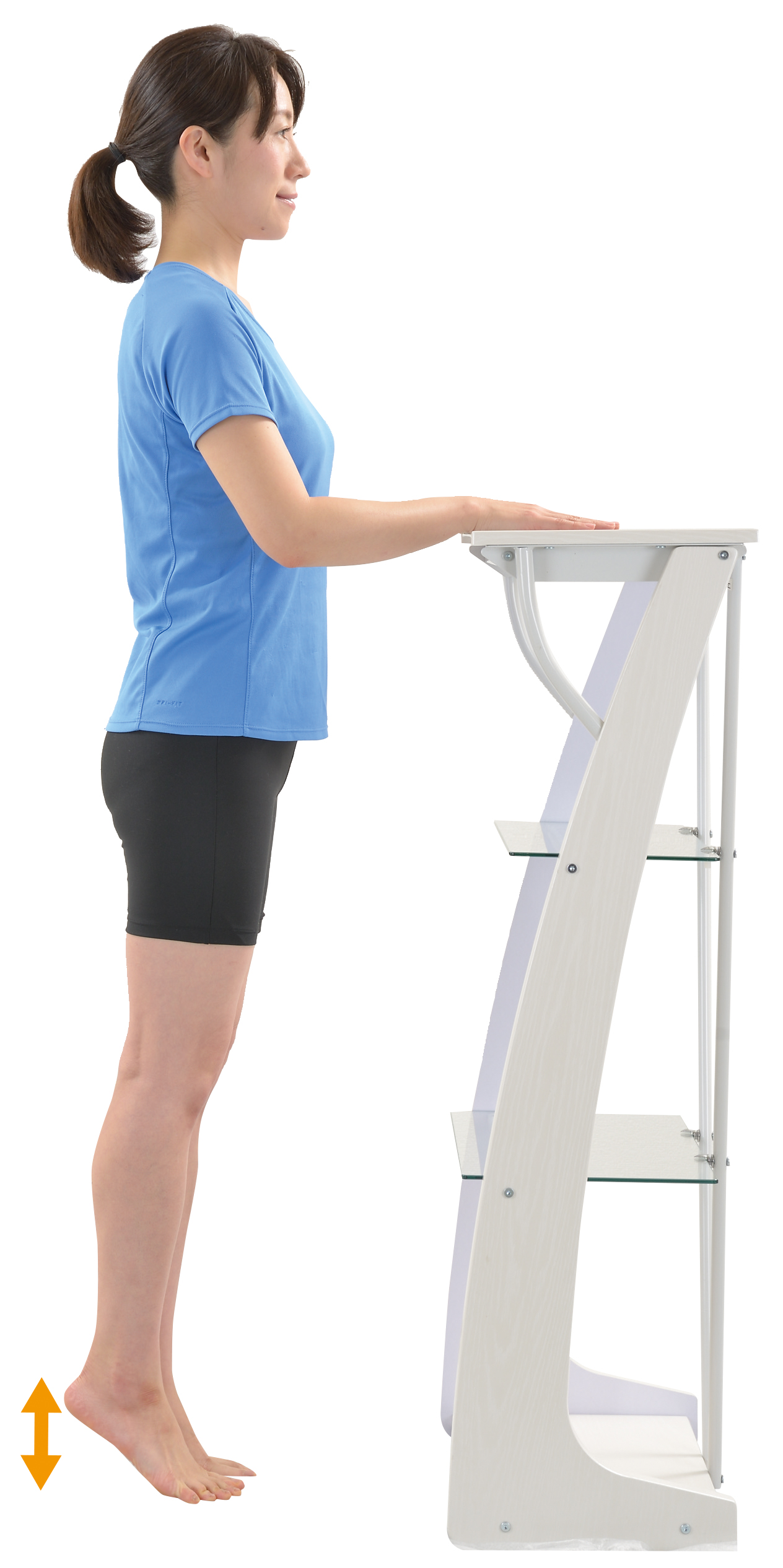
Standing open both feet to shoulder width, standing on tiptoe to raise the heel, and lower the heel.
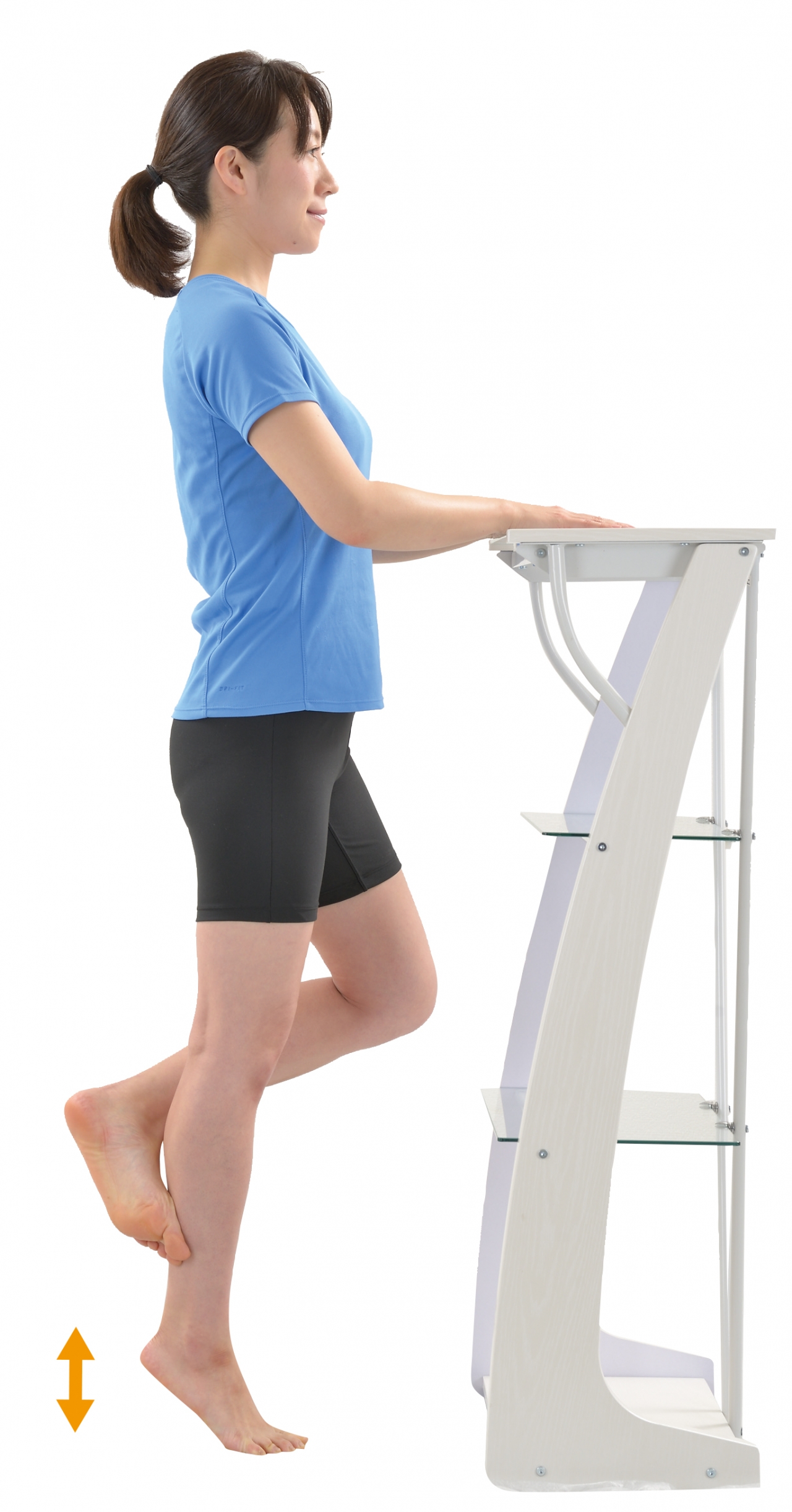
If the left exercise be done easily, do on one leg.
Note→ People with weak feet and waist put a hand on a table. You can do at any time such as when cooking or while waiting for the light to change.
Hip Lift
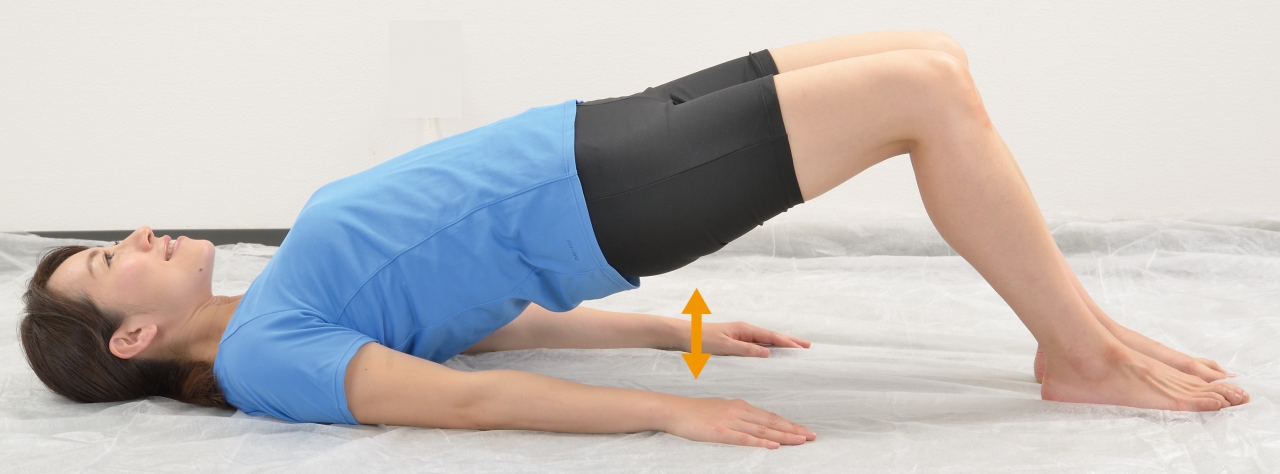
Lie on your back with stretching arms. Lift the hips from there, then down.
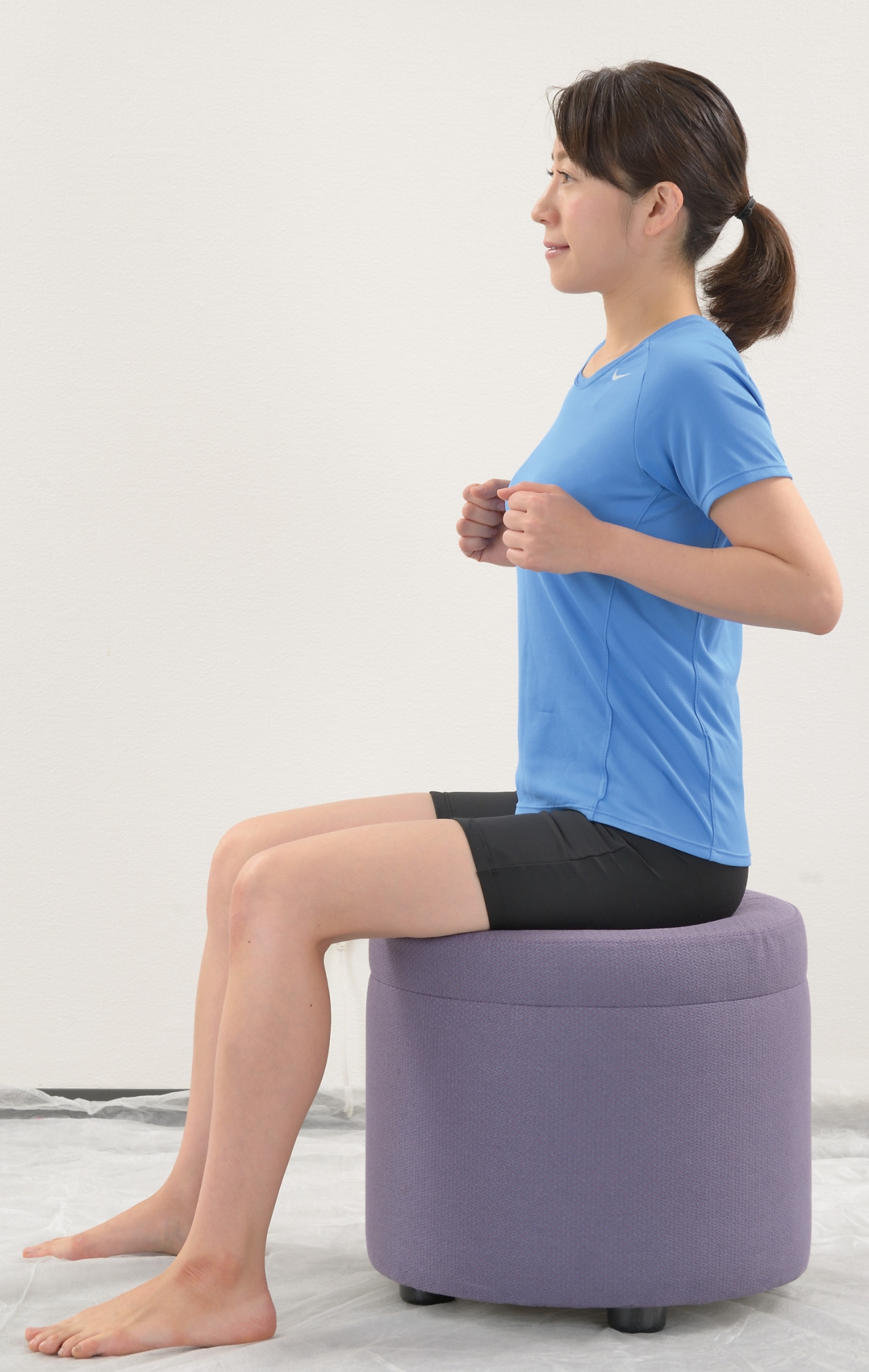
There is also a way to stick left and right shoulder blade, project the hips and curve the back.
Note point → It helps for prevention and improvement of lower back pain, but people who already have it, if feel any pain, please stop before then.
Half Squat
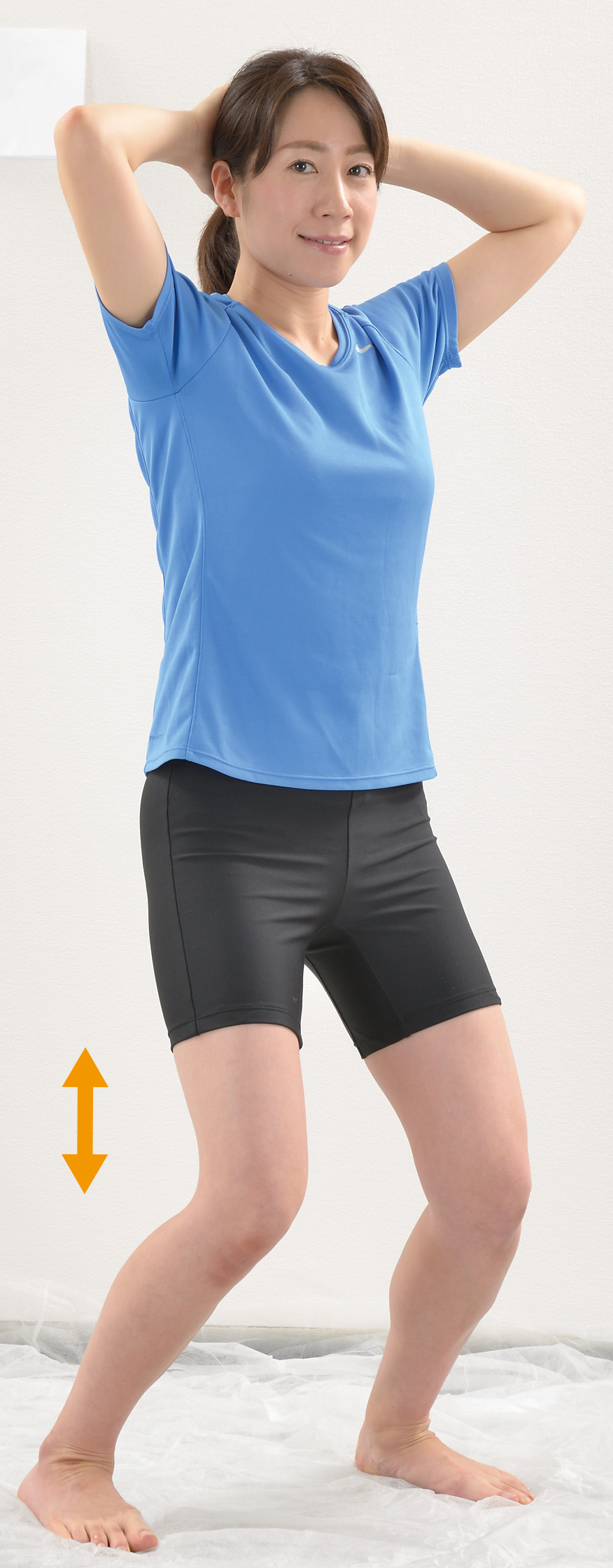
Standing open both feet with shoulder width, squat down until the knee joint is approximately a right angle, and rise.
Attention point →people of knee trouble does not have to sink deep. People with weak legs are recommended to put one hand on the table.
Leg Raise
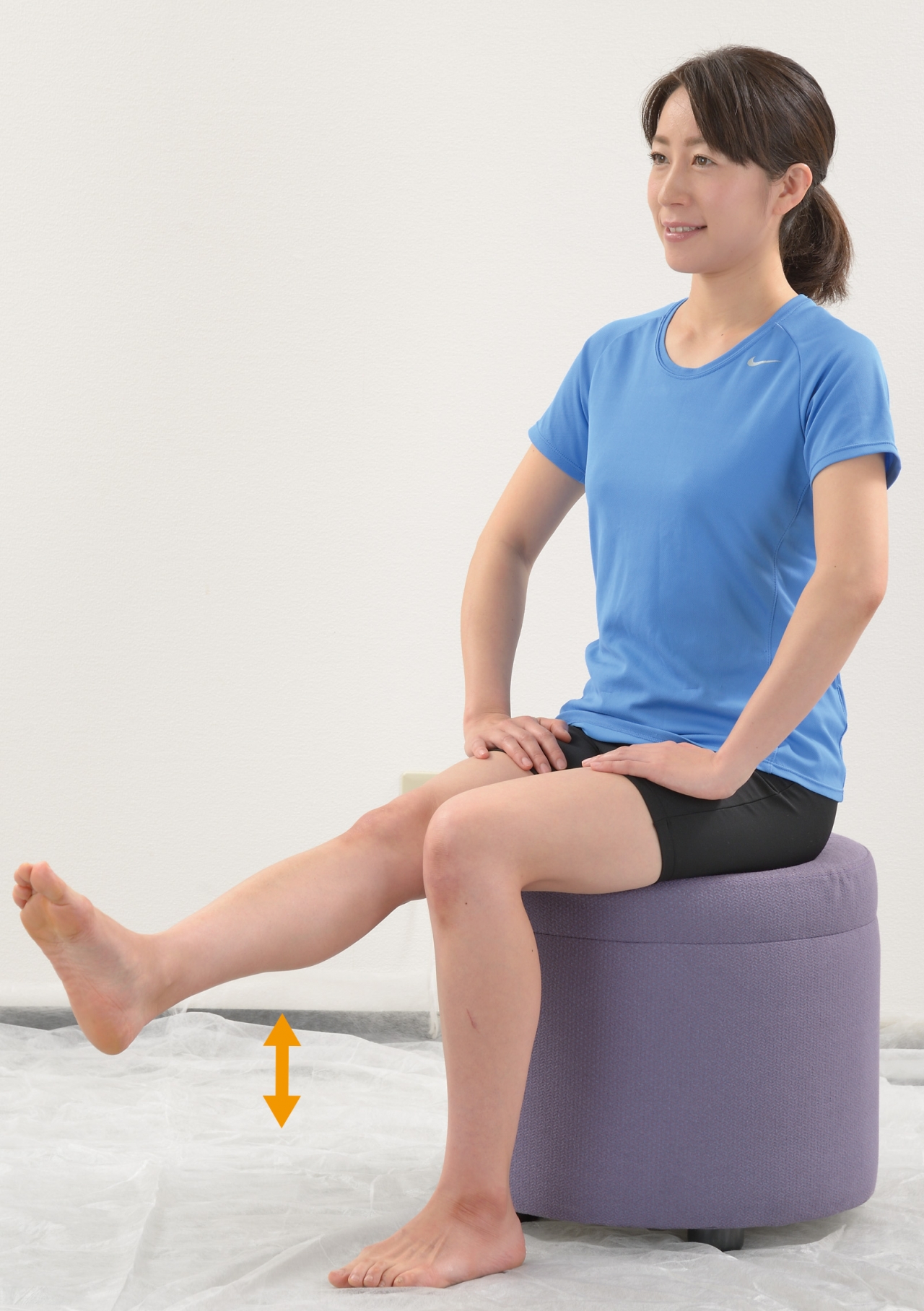
Extend the knee from the sitting state, and lift the lower heel forward.
Attention point→There is also a way to lie on your back. In this case, the opposite side of the leg supports a hip so as not to take the load on the waist.
